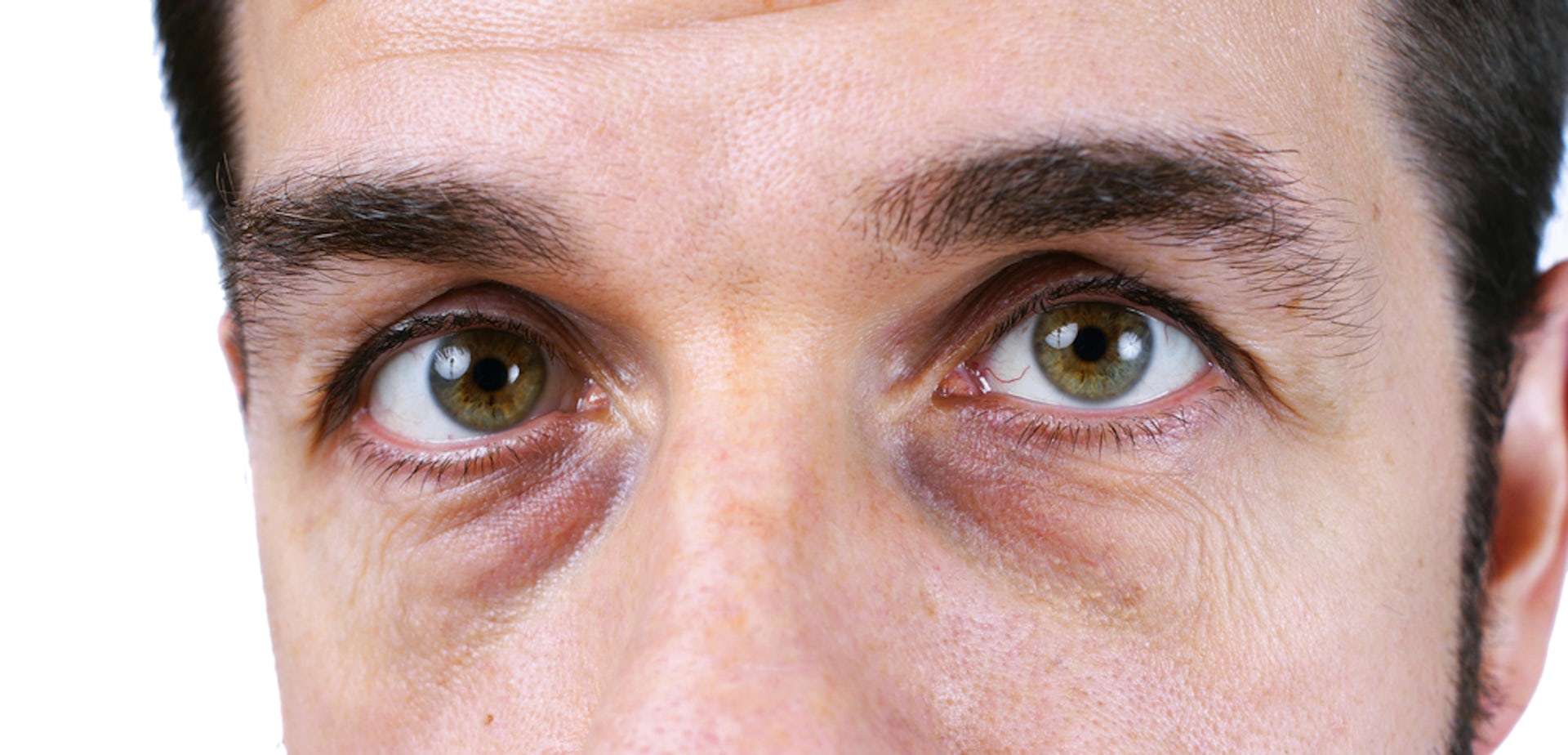

Mixed type (M) combines two or three of the above appearances. It can be associated with infraorbital palpebral bags, blepharoptosis, and loss of fat with bony prominence. Structural type (S) appears as structural shadows formed by facial anatomic surface contours. Vascular (V) type appears as infraorbital blue, pink, or purple hue with or without periorbital puffiness. Pigmented type (P) appears as infraorbital brown hue. The mixed type of dark eye circle included the following four subtypes: as pigmented-vascular (PV), pigmented-structural (PS), vascular-structural (VS), and a combination of the three. 6 Periorbital hyperpigmentation was classified into pigmented (brown color), vascular (blue/pink/purple color), structural (skin color), and mixed type based on the clinical appearance assessed by the physician. Recently, Huang et al 6 performed a clinical analysis and proposed classification on the basis of clinical pattern of pigmentation and vasculature. The aim of treatment should be to identify and treat the primary cause of hyperpigmentation as well as its contributing factors. Among the available alternatives to treat dark circles are topical depigmenting agents, such as hydroquinone, kojic acid, azelaic acid, and topical retinoic acid, and physical therapies, such as chemical peels, surgical corrections, and laser therapy, most of which are tried scientifically for melasma, another common condition of hyperpigmentation that occurs on the face.

There are a number of treatment options available for periorbital hyperpigmentation.

The causative factors include genetic or heredity, excessive pigmentation, postinflammatory hyperpigmentation secondary to atopic and allergic contact dermatitis, periorbital edema, excessive vascularity, shadowing due to skin laxity and tear trough associated with aging. Periorbital hyperpigmentation is caused by various exogenous and endogenous factors. There is very little scientific data available on the clinical profile and pathogenesis of periorbital hyperpigmentation. Periorbital hyperpigmentation is a commonly encountered condition.


 0 kommentar(er)
0 kommentar(er)
